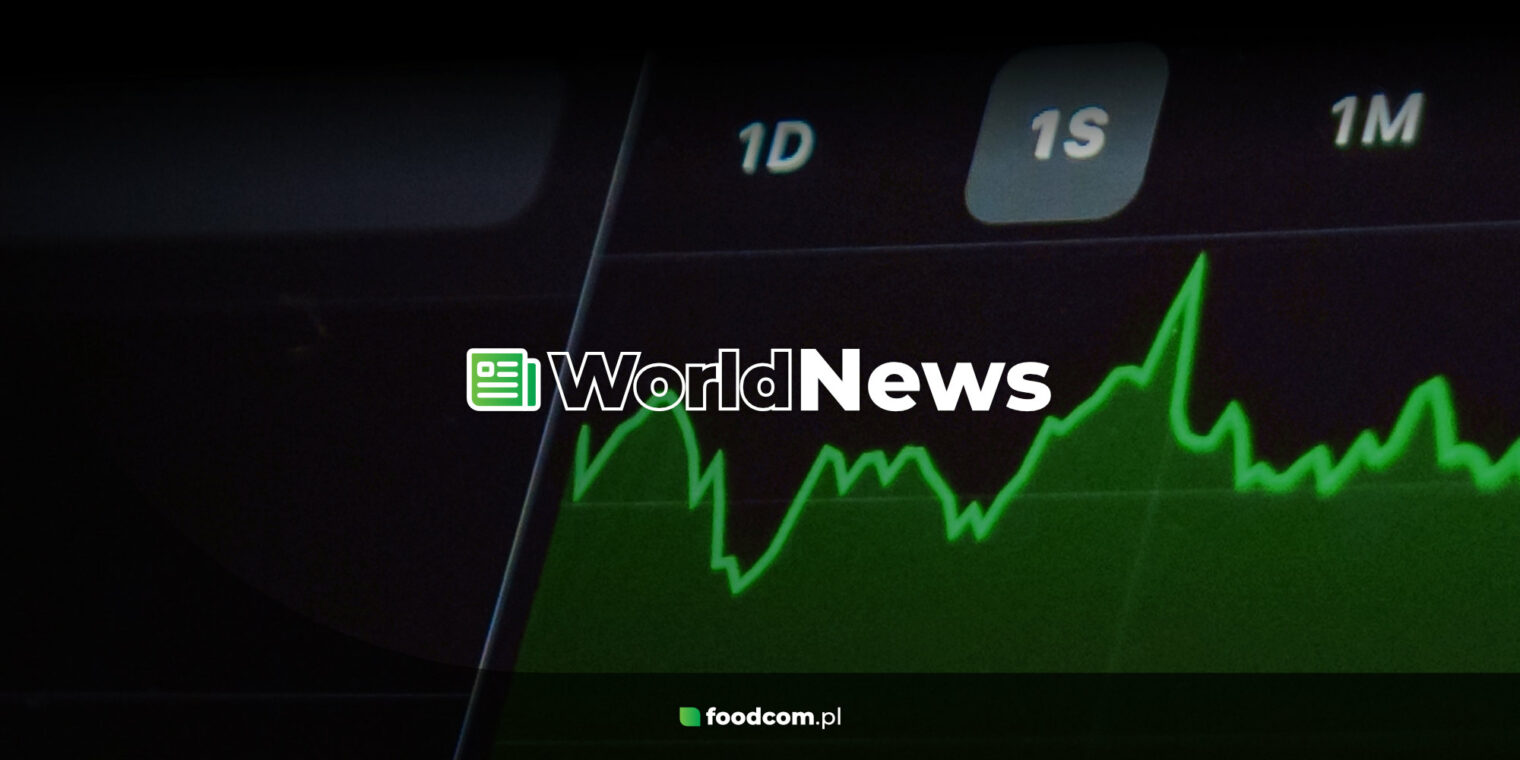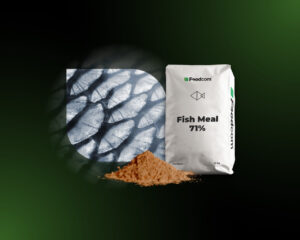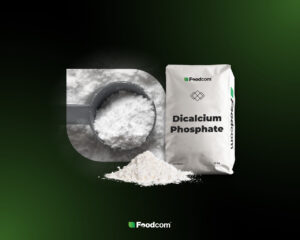- Asian buyers are seeking alternatives to Chinese fertilizers due to stringent export controls.
- Facing China’s erratic export policies, countries like India and South Korea are sourcing fertilizers from Russia, Oman, and the UAE.
- Despite an expected rise to 4 million tons, China’s urea exports remain uncertain under a 944,000 metric ton quota for major trading firms in 2024.
Asian Markets Turn Away from Chinese Fertilizers Due to Export Limits
Asian fertilizer buyers are increasingly looking for alternatives to Chinese supplies as they worry about the reliability of the world’s biggest exporter. China, a major supplier of phosphate and urea, has introduced export quotas and strict control requirements since 2021 to stabilize domestic prices. This has led to a significant decline in urea exports, which fell by 24% to 2.8 million tons in 2022. Phosphate exports have also declined after an initial increase at the beginning of the year, contributing to global supply shortages and price increases.The Chinese government’s increasing control over exports is expected to make the country an even less reliable supplier in 2024. According to Josh Linville of StoneX Group Inc, market dynamics are now being overshadowed by the unpredictable policies of the Chinese central government, forcing buyers to diversify.
The impact is being seen in price increases, with US prices for diammonium phosphate (DAP) up 26% since mid-July to $617.30 per ton. Despite these challenges, major fertilizer importers such as India are adapting by turning to alternative sources such as Russia, Oman and the United Arab Emirates.
Market in a State of Uncertainty
Malaysian and South Korean buyers are increasingly sourcing fertilizers from countries other than China due to export restrictions. Teo Tee Seng, a director at Behn Meyer Agricare in Kuala Lumpur, notes a shift towards Vietnamese and Egyptian phosphate supplies. China’s export restrictions have led to global market uncertainty, particularly affecting sales of di-ammonium phosphate (DAP) and mono-ammonium phosphate (MAP). Recent data shows a significant decline in these exports from China, with DAP exports falling by 12.5% and MAP exports by 10% compared to the previous year.
Although China’s urea exports are expected to increase slightly to around 4 million tons next year, analysts predict a continued shortage of supplies in the first half of the year. The Chinese government has set a provisional export limit of 944,000 tons for 15 large fertilizer trading companies for 2024 and may impose further quotas. China’s National Development and Reform Commission has not commented on these quota allocations.







